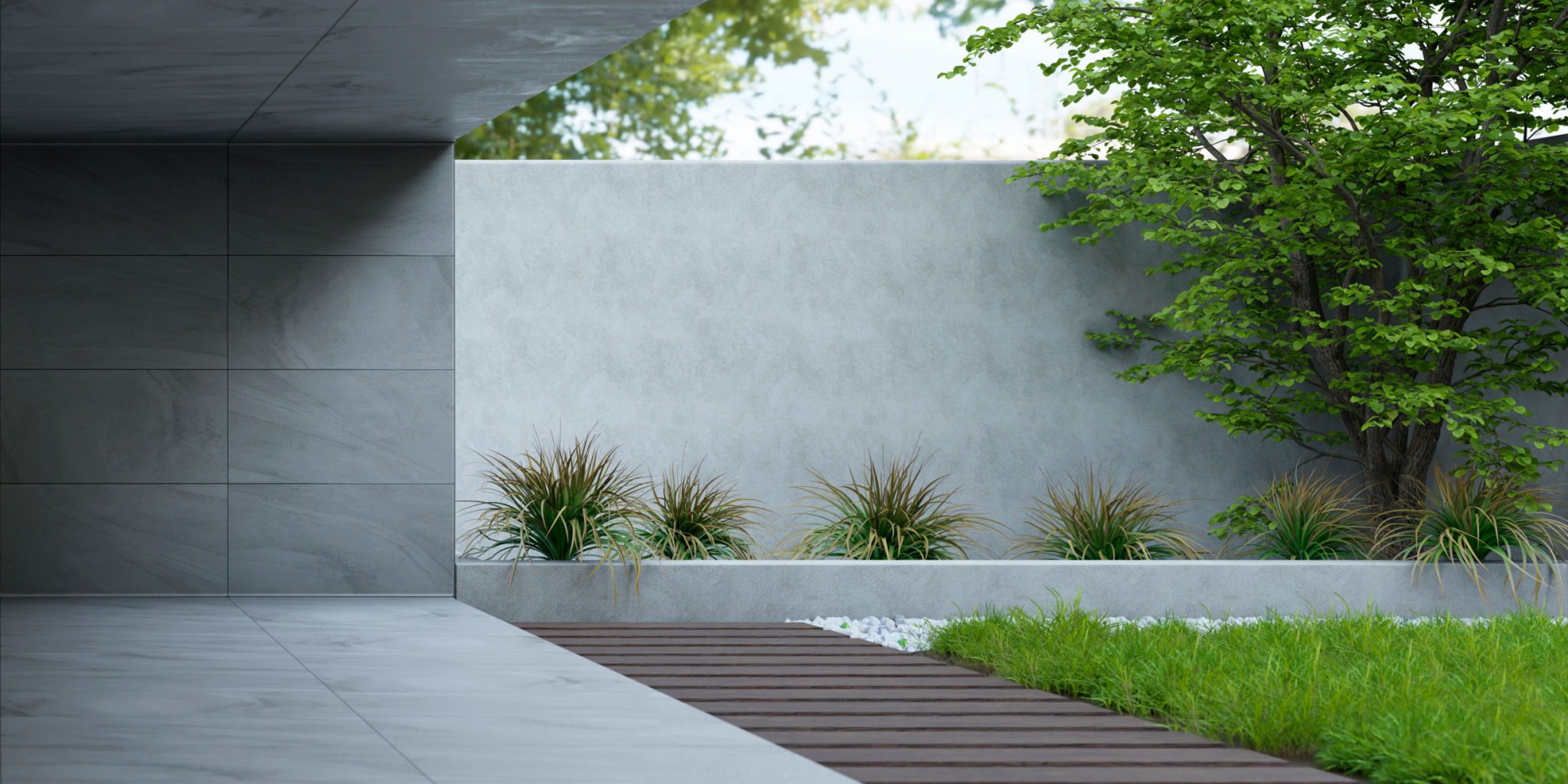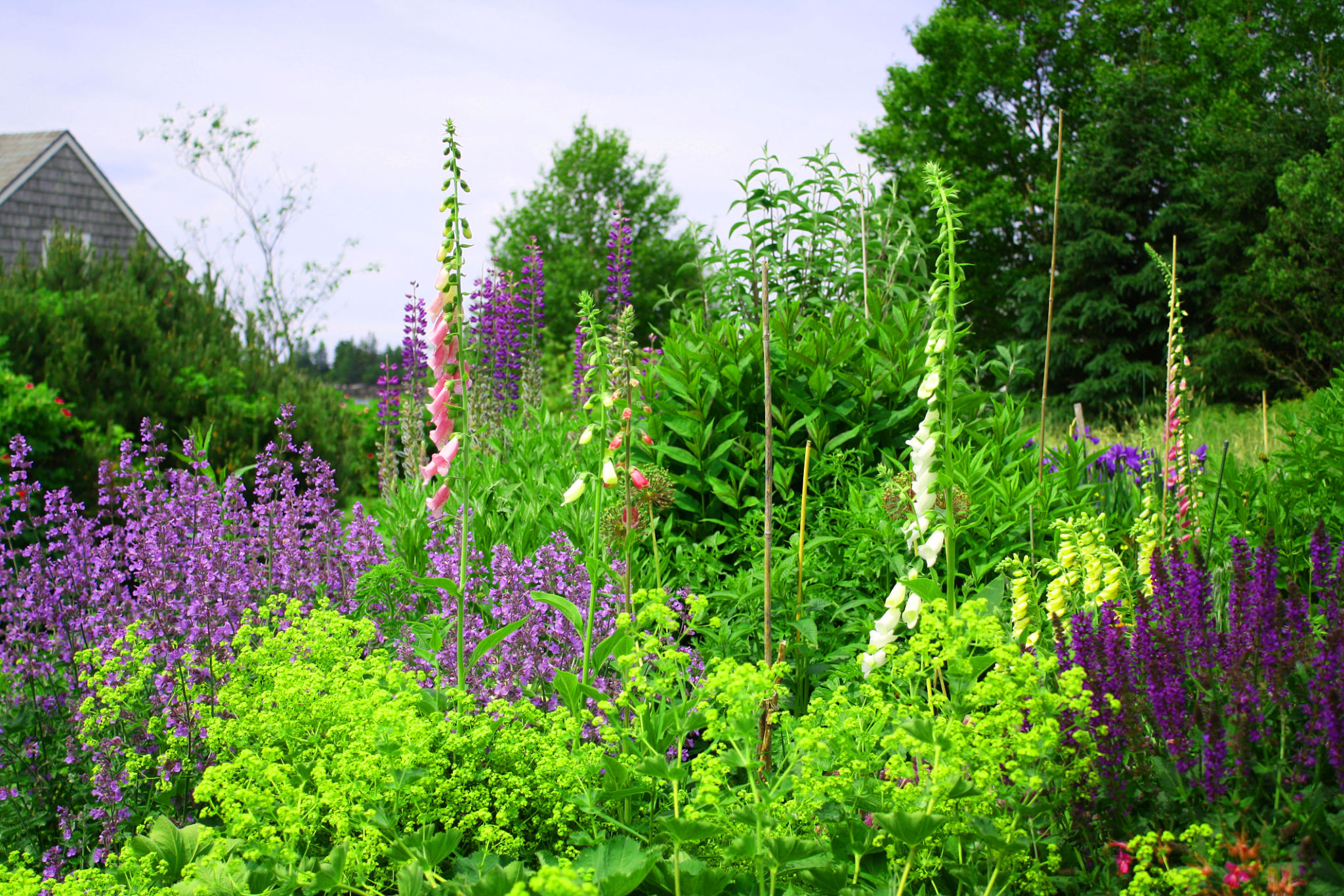Case Study: Transforming a qathet Backyard with Sustainable Practices
Tl
Introduction to Sustainable Backyard Transformation
In recent years, the push for sustainability has extended beyond the confines of urban spaces and into the suburban and rural areas. The qathet region, known for its breathtaking natural beauty, has become a beacon for eco-conscious living. This case study explores how one homeowner transformed their backyard into a sustainable haven, providing inspiration and guidance for others looking to make similar changes.

Initial Challenges and Goals
The homeowner began their journey with a typical backyard consisting of a large lawn and a few ornamental plants. The primary challenges included water wastage, high maintenance costs, and the desire to create a habitat that was friendly to local wildlife. Their goals were clear: reduce water usage, lower maintenance, and increase biodiversity.
To address these challenges, they decided to implement several sustainable practices that would transform their space into an environmentally friendly oasis. These practices not only aimed to conserve resources but also to enhance the aesthetic appeal of their outdoor area.
Implementing Sustainable Practices
The first step in the transformation involved replacing the traditional lawn with native plants that require less water and maintenance. Native plants are adapted to local climate conditions, making them more resilient and beneficial for local wildlife.
- Replaced grass with drought-resistant native grasses and wildflowers.
- Installed a rain garden to manage stormwater runoff effectively.
- Incorporated permeable paving to reduce surface runoff.

Water Conservation Techniques
Water conservation was a crucial aspect of this transformation. By installing a drip irrigation system, the homeowner significantly reduced water usage while ensuring that plants received adequate moisture. Additionally, rain barrels were set up to collect and store rainwater for later use, further minimizing reliance on municipal water supplies.
These efforts not only conserved water but also reduced utility bills, showcasing the economic benefits of sustainable practices.
Creating a Wildlife-Friendly Habitat
To foster biodiversity, the homeowner introduced various elements to attract and support local wildlife. Birdhouses, bee hotels, and butterfly-friendly plants were strategically placed throughout the yard. These additions provided essential resources such as food, water, and shelter for various species.
By creating a habitat that supports pollinators and other wildlife, the homeowner contributed to local ecological health while enjoying the beauty and activity in their backyard.

Reducing Carbon Footprint
The transformation also focused on reducing the yard's carbon footprint. Composting bins were introduced to manage organic waste efficiently, turning it into nutrient-rich soil. Furthermore, solar-powered lights were installed to illuminate pathways and garden features sustainably.
These measures not only minimized waste but also decreased reliance on non-renewable energy sources.
Community Impact and Future Plans
The successful transformation of this qathet backyard has sparked interest and inspiration within the local community. Neighbors have expressed curiosity and admiration, leading to increased awareness about the benefits of sustainable living.
The homeowner plans to continue expanding their efforts by introducing more educational workshops and community events focused on sustainability. They hope to empower others to make similar changes in their own backyards.
Conclusion
This case study illustrates how thoughtful planning and sustainable practices can transform a typical backyard into a thriving eco-friendly space. By prioritizing environmental health and community engagement, the homeowner not only improved their quality of life but also contributed positively to the broader ecosystem. As more people adopt these practices, the collective impact on our environment can be profound.